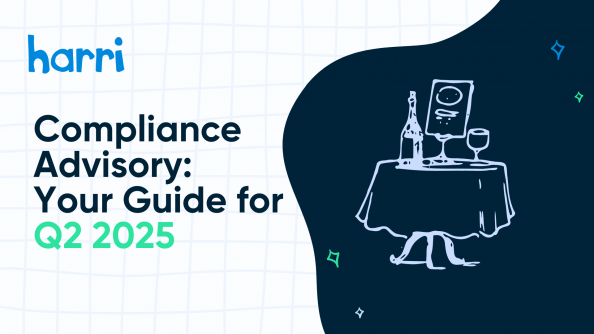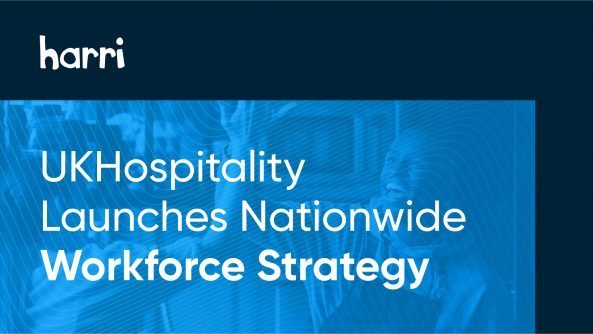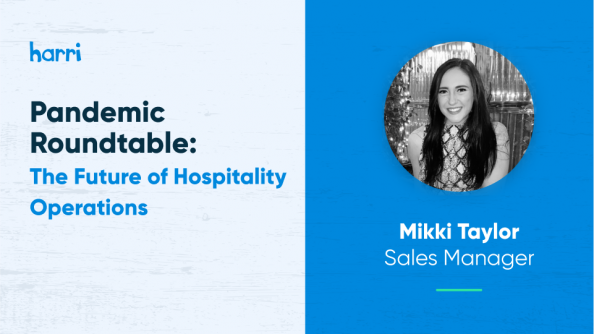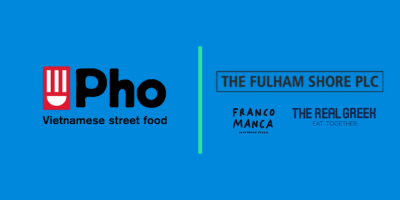Reducing Employee Turnover in Hospitality Through Effective Career Pathing
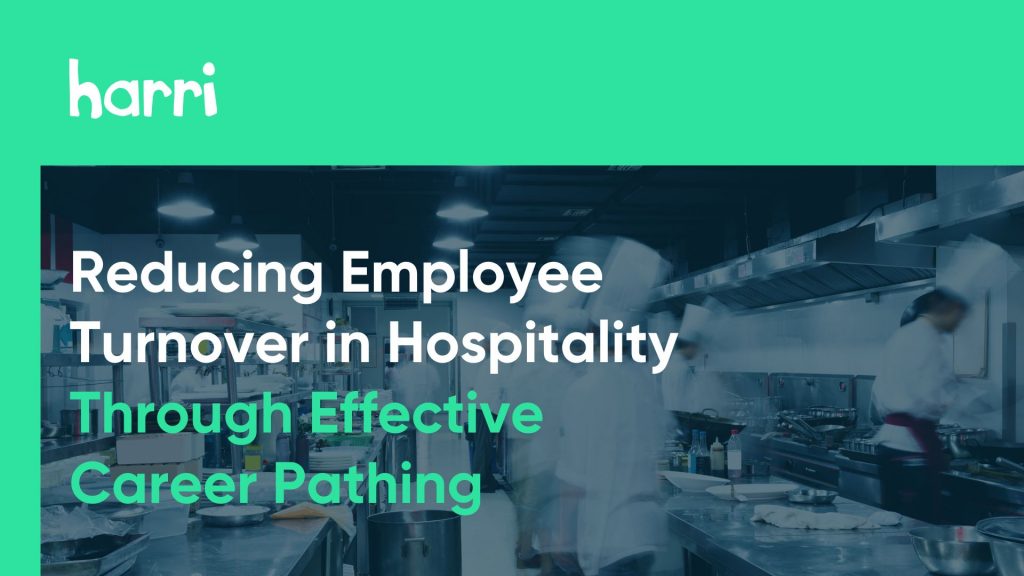
- By Harri Insider Team | July 16, 2024
If you work in the hospitality industry, it’s no surprise that turnover can be an issue. There are a few different reasons, but one of them is the lack of effective career paths for employees. It’s hard for staff to envision a successful future when they’ve never been shown what that might look like within an organization. In this article, we will share ways that career pathing can help reduce quick quits and improve employee retention.
The Persistent Challenge of Employee Turnover
Employee turnover is a common challenge in the hospitality industry, fueled by several unique factors – including a lack of clear career progression. The hospitality industry has the highest turnover rate of any sector in the UK, with an average of 38% of employees leaving their jobs each year.
With numbers like these, hospitality operators and managers need to better understand their onboarding experience, overall employee satisfaction, and career potential to develop initiatives that increase employee retention. This requires active listening and using employee insight to drive positive change and expand career opportunities.

What is Career Pathing?
Career pathing refers to the process of planning and mapping out one’s career progression and development over time. It involves setting specific goals and identifying the necessary steps, skills, and experiences needed to achieve these goals. Career pathing helps individuals gain clarity on their career aspirations, make informed decisions about their professional development, and take proactive steps to reach their desired career outcomes. It can include activities such as self-assessment, exploring different career options, identifying skill gaps, seeking mentorship, and pursuing relevant training or education. Ultimately, career pathing aims to help individuals navigate their career journey and achieve long-term success and satisfaction.
How to Increase Employee Retention with Career Pathing
A proper career path is driven by leadership, but it should become part of your culture; something everyone understands and contributes to. Here are some tactics to help talent learn and grow within your organization.
Onboard with Purpose
Start by making your employees’ experience great from day one. Allow them to see your culture and your investment in the team, and make sure they feel at home. You can use Harri’s onboarding solution to send and receive documents digitally, making things easy for your new hires. You can also use the all-in-one platform to interact with new employees, allocate tasks for onboarding, introduce team members to the business, and provide a sounding board. Making a great impression from day one allows staff to envision a future with your company.
Improve Employee Experience
One of the most crucial elements for helping employees feel excited about growing within your organization is improving their satisfaction levels. Use Harri’s solutions to overcome the common hurdles in the hospitality industry. The intelligent scheduling software allows employees to manage their schedules, including swapping shifts in real-time. You can also use Harri to improve overall communication and engagement. From providing extra support to new hires to answering employee questions and celebrating their milestones, Harri’s solutions give you all of the tools to engage your staff and make sure they’re happy.
Communicate Career Paths
Start by plotting out some career paths for common roles and documenting them. What is the roadmap for entry or mid-level employees to grow into new roles? Then, make sure that your employees know that you have these career paths in mind. During 1:1 meetings, make a point to share these and ask employees where they see themselves within the organization. You can use Harri’s communication solutions to organize conversations, documents, and newsfeeds. Set up custom message boards where you can upload media, answer questions in real time, and encourage collaboration.
Invest in Leadership Development
Offer programs that focus on developing key leadership skills like communication, decision-making, and strategic thinking. These programs can include workshops, coaching sessions, and job shadowing to provide employees with the necessary skills and experiences to advance into leadership roles.
Offer Technical Skills Training
Training programs can enhance employees’ technical skills and knowledge, specifically related to their current roles and future career aspirations. Things like workshops, online courses, and certifications will help to ensure employees stay up-to-date with industry trends and advancements.
Develop Mentoring Programs
Mentorship is an extremely powerful form of development. Establish formal programs where experienced employees are paired with less-experienced employees. This allows for knowledge sharing, guidance, and career advice, helping employees navigate their career paths and make informed decisions about what comes next.
Set Up Cross-functional Training
Offer opportunities for employees to learn about different departments and functions within the organization. This can be achieved through job rotations, cross-departmental projects, or shadowing programs. Cross-functional training enhances employees’ understanding of the organization as a whole and helps them develop a diverse skill set.
Host Personal Development Workshops
Provide workshops or seminars that focus on personal development topics, such as time management and stress management. These programs can help employees improve their overall well-being, resulting in increased job satisfaction and productivity.

Enhance Employee Retention with Effective Career Pathing
Remember, the specific programs implemented should align with your organization’s goals, employee needs, and industry requirements. Regular evaluation and feedback from employees can help ensure the effectiveness and relevance of these training and development initiatives. Make sure to follow Harri’s blog to get more tips, trends, and tools to support your entire workforce and help retain top talent.



